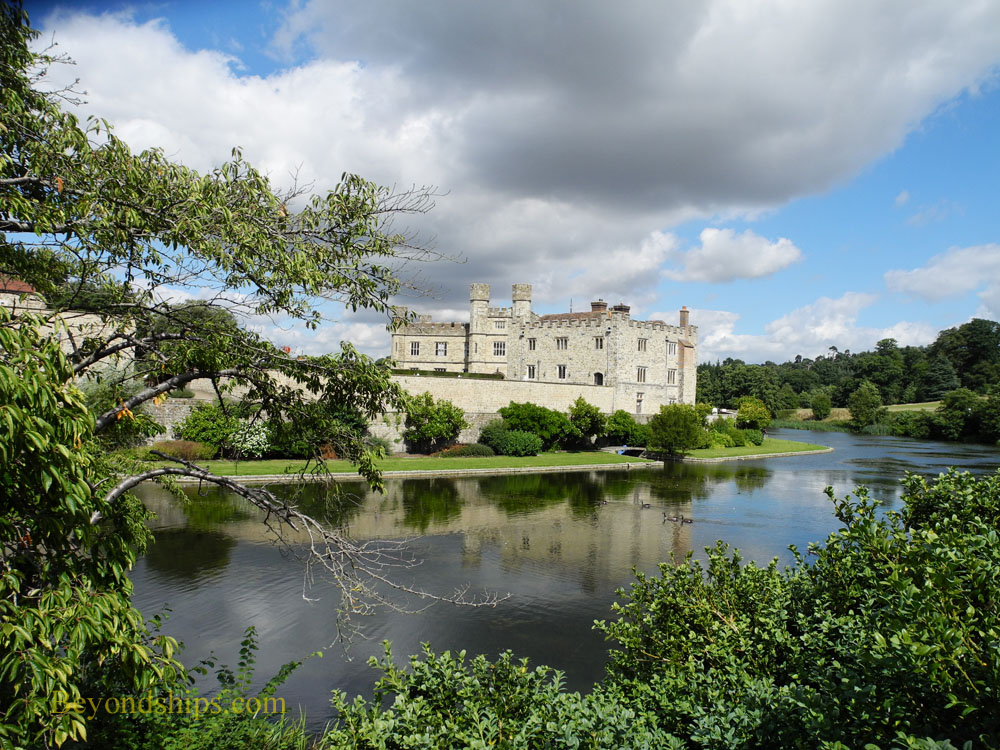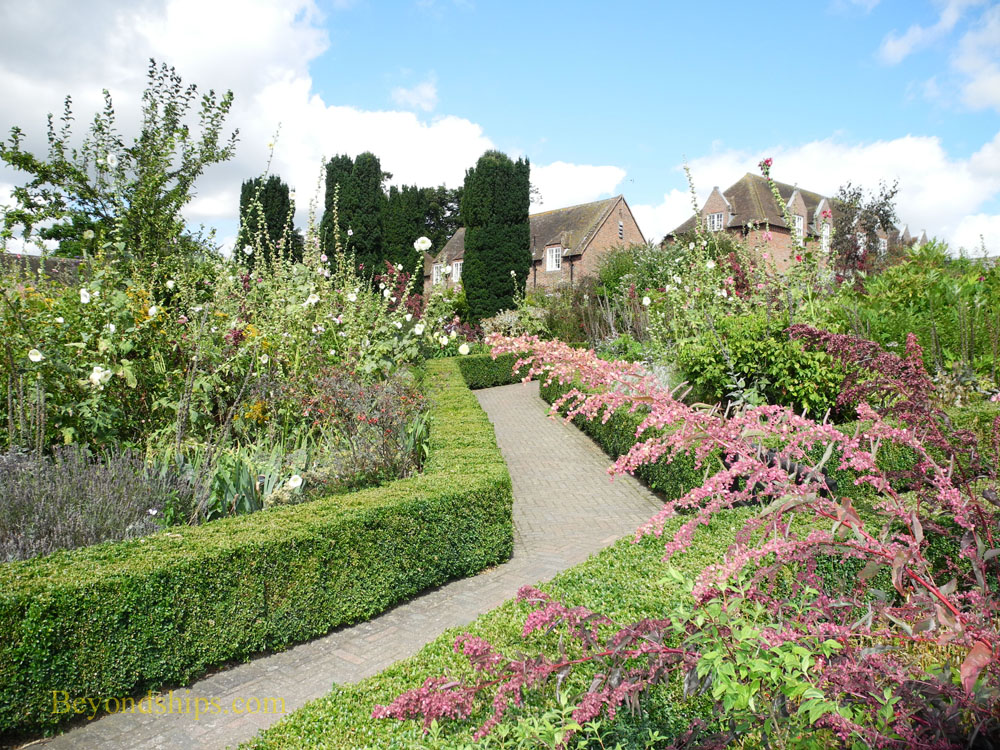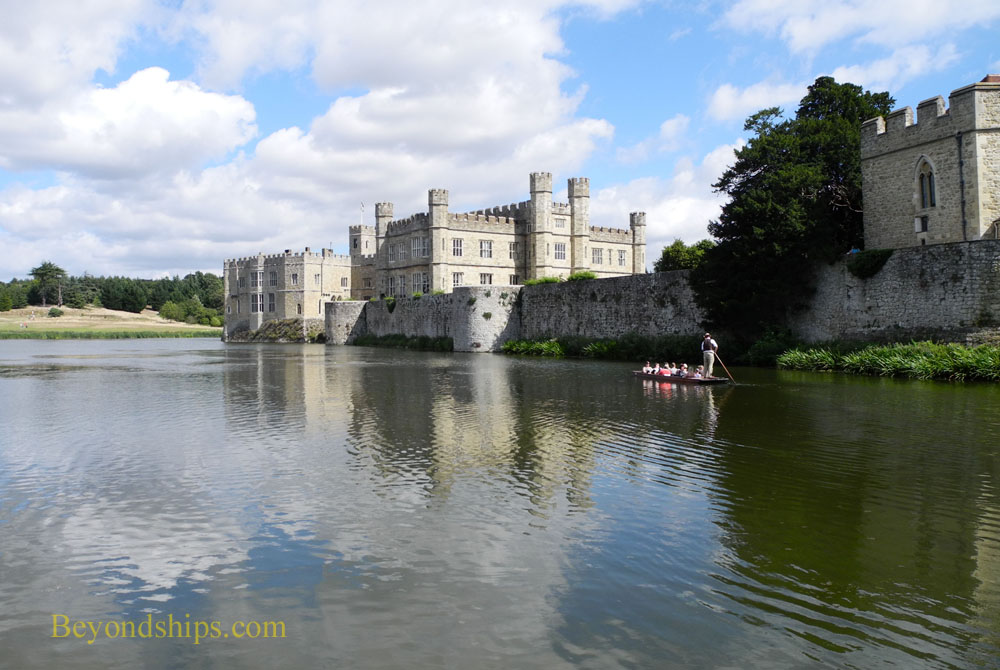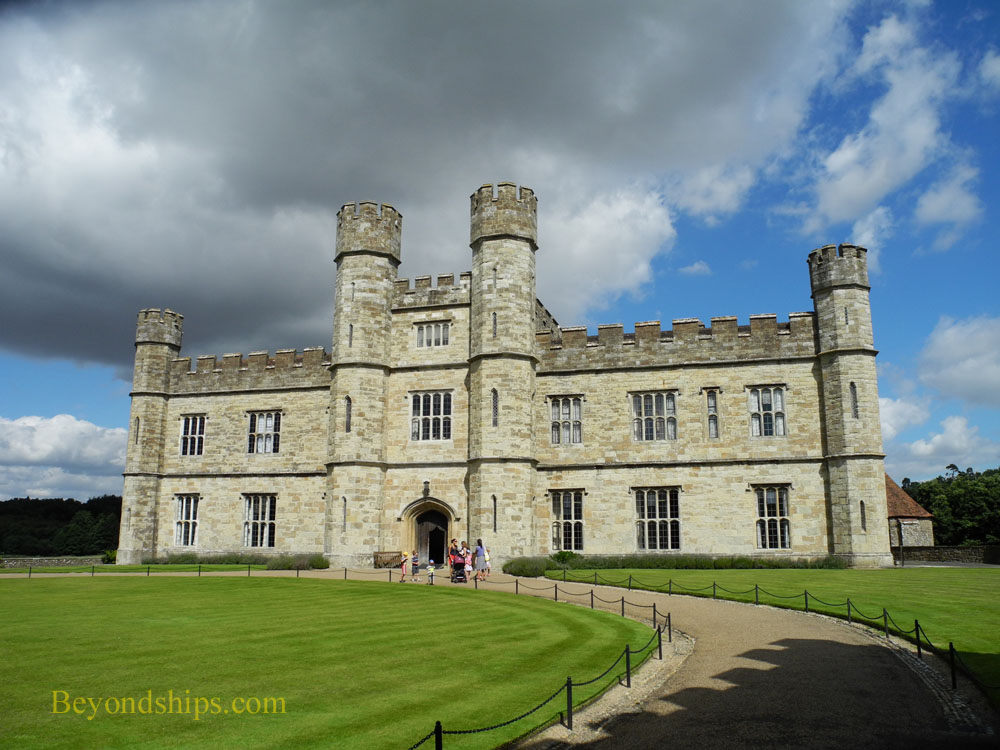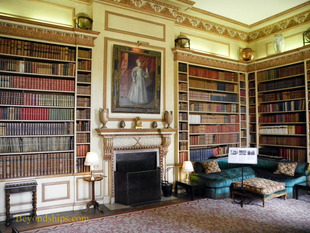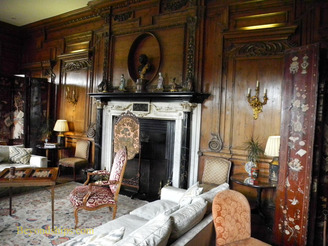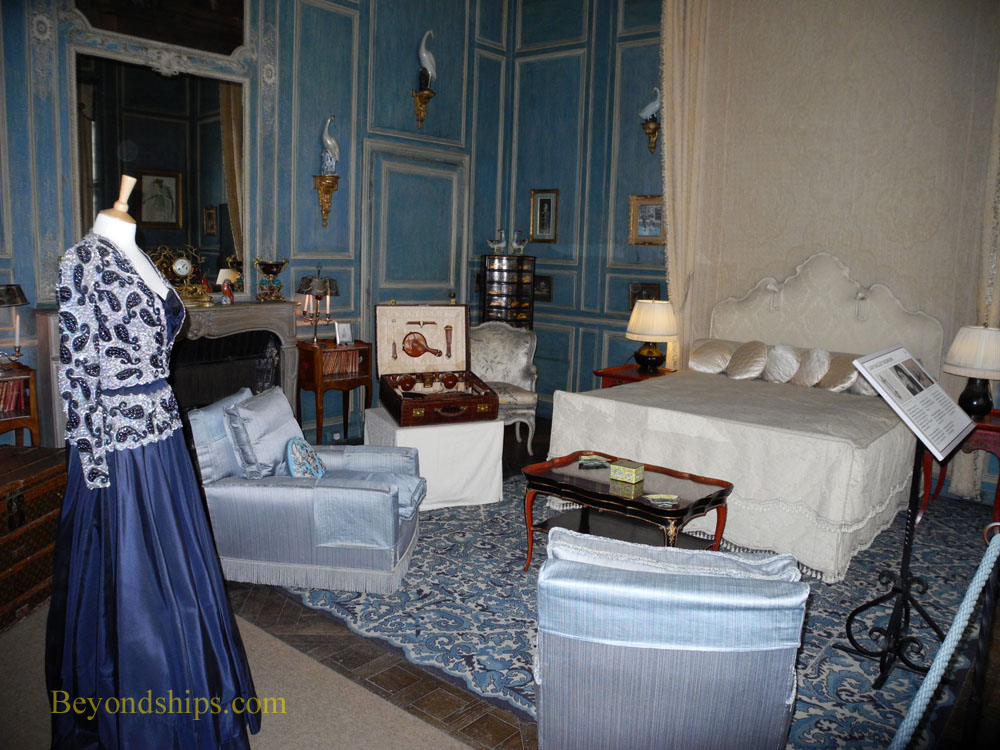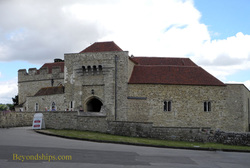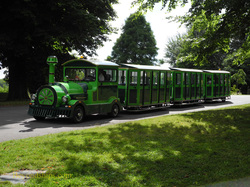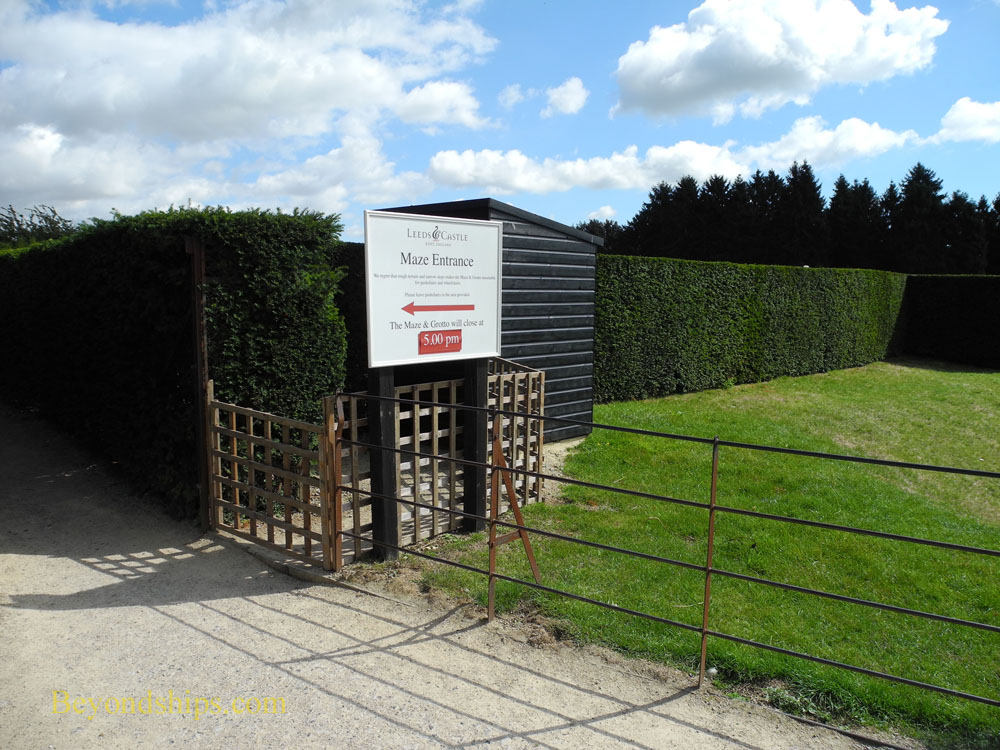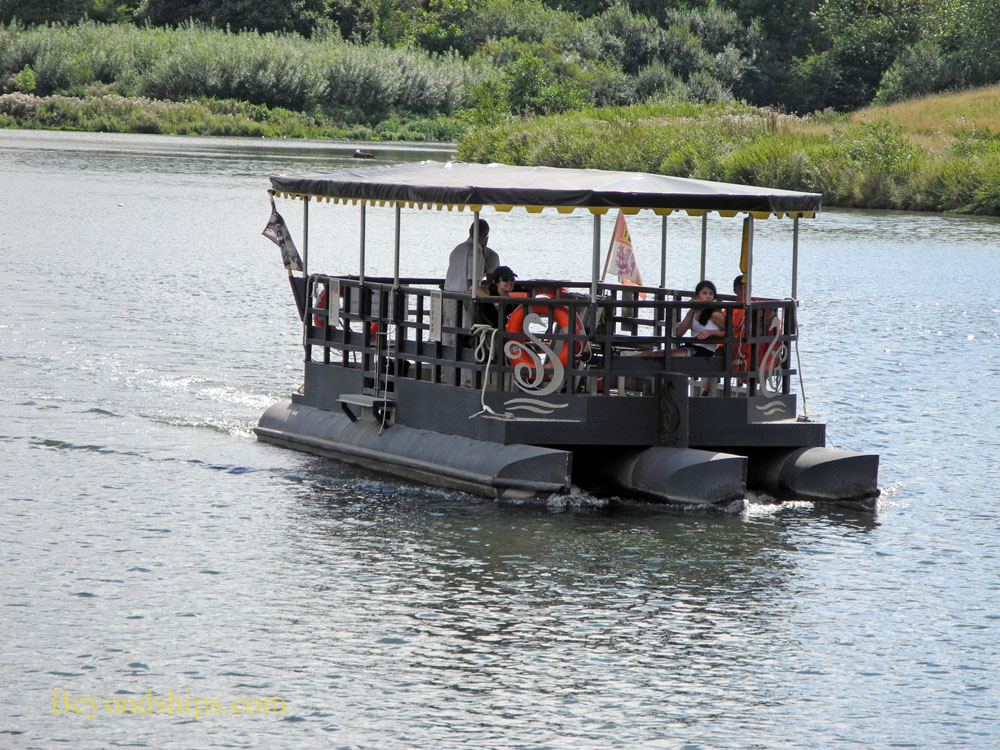|
Leeds Castle introduction
Leeds Castle history Leeds Castle review and practical information England home page London index page Dover Castle |
Leeds Castle Review You cannot see the castle from the main entrance. Consequently, the Leeds Castle experience really begins with a walk through the park. First, you walk through a wooded area beneath some tall trees. Then the vista opens out into an expanse populated with rolling fields, small rivers and lakes. These have been laid out so that different scenes unfold as you move along. Flowering plants border the paved path at places. All this has been meticulously maintained and on a sunny summer day are quite beautiful.
On the far side of the park are some formal gardens. These too are quite pretty. However, the landscaped park, with its idealized presentation of nature, is an essential part of the British stately home. The concept become widely popular with the aristocracy in the 18th century and flourished under the influence of landscape architects such as Lancelot Capability Brown. As a result, you see one surrounding almost every surviving stately home. But the one at Leeds is a particularly nice example. The castle itself appears rising from a lake. Looking like something out of a fairy tale, the perfection of the setting might cause one to think that it sprung from the mind of some Hollywood set designer but in actuality, the lake was created for defensive purposes in medieval times. This is not to say that what you see today was what King Edward I saw in 1286 or even Henry VIII in 1520. During the 19th century, the aristocracy was captivated by a nostalgia for the days of chivalry, knights on chargers and fair ladies. Theirs was a highly romanticized view of the past rather than a desire to recreate the world that existed in the Middle Ages. As a result, many built mansions in a style that was reminiscent of that period while others redid buildings that dated from the Middle Ages to make them look more consistent with 19th century views of how medieval buildings should have looked. What you see at Leeds Castle falls into the latter category. |
Above: Scenes of the park.
Below: The Culpepper Garden, one of the castle's formal gardens. |
Some Practical InformationLeeds Castle is not in Leeds, which is a city in the north of England. Rather, Leeds Castle is south east of London in Kent near Maidstone.
The castle is close enough to London to be a convenient day trip. Several tour companies offer coach excursions. It is about half way between London and the Channel ports. Consequently, it can be visited on the way to or from cruises departing from Dover. Some ships using Dover as a port of call offer shore excursions that include Leeds Castle. |
With the exception of Christmas and a few other days, the castle is open year-round. Admission tickets can be purchased at the castle or online.
For more information about Leeds Castle:http://www.leeds-castle.com/home |
|
|
|
Cruise destination - England - Visiting Leeds Castle - page 3
